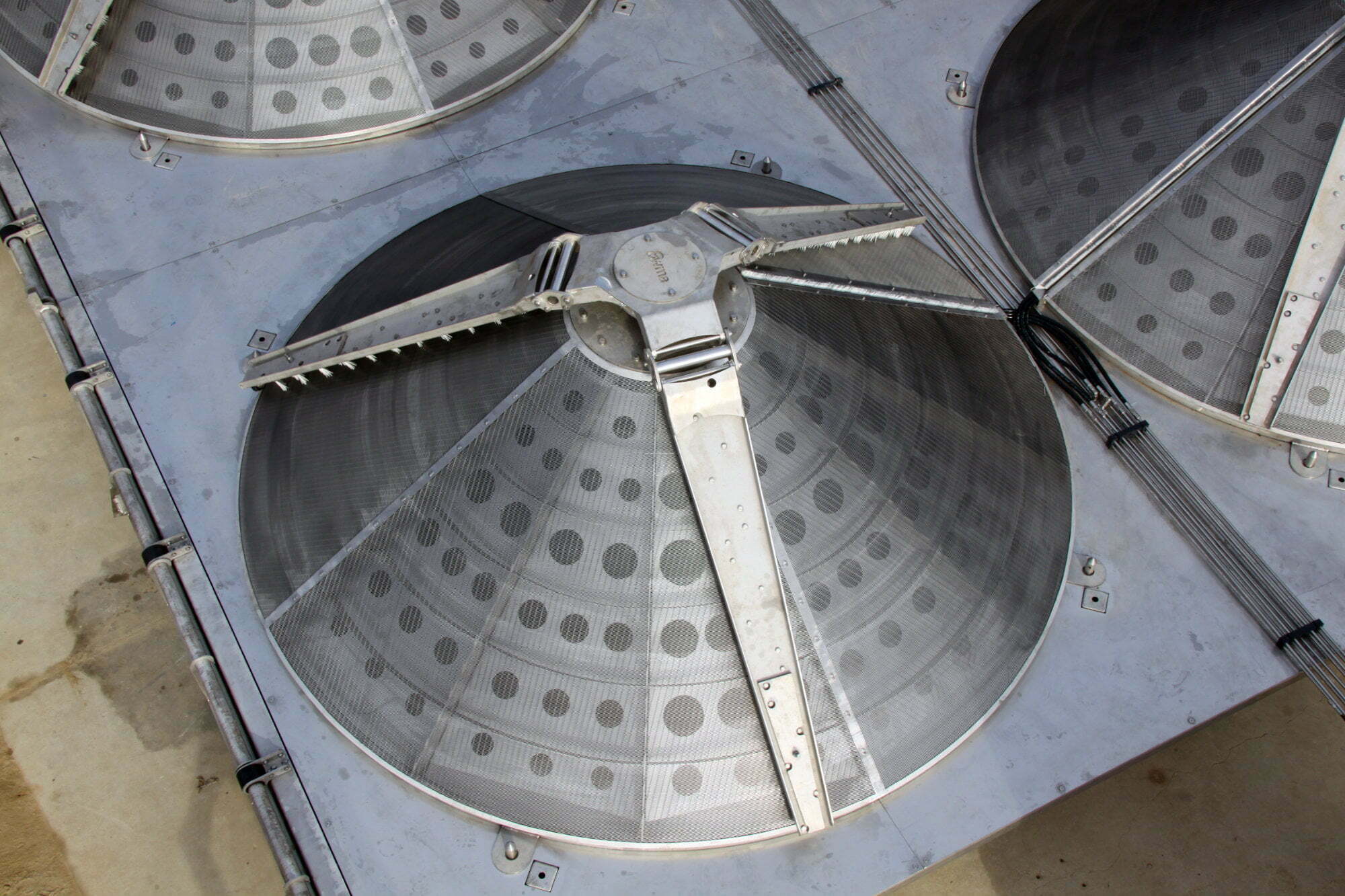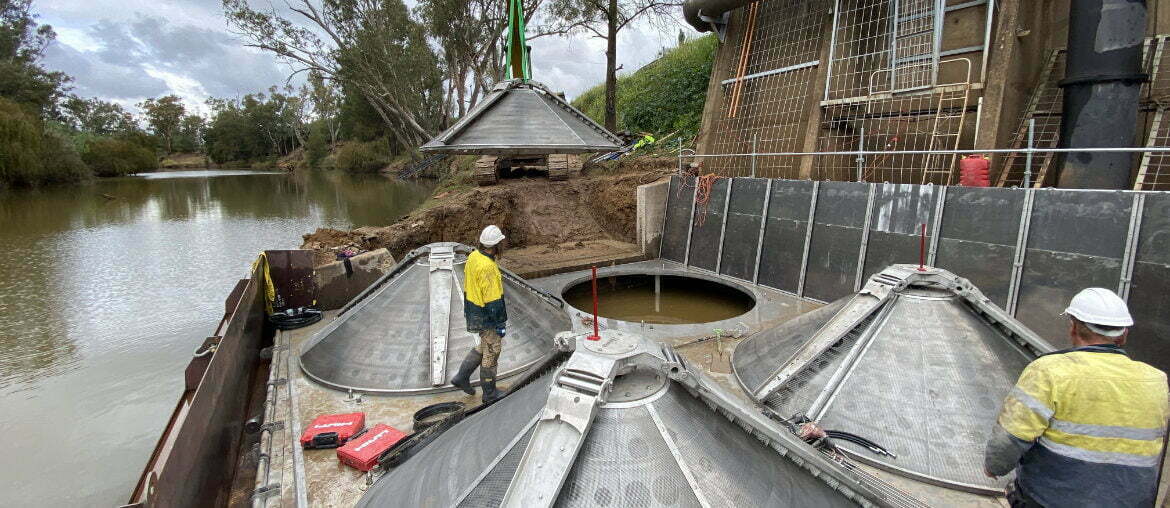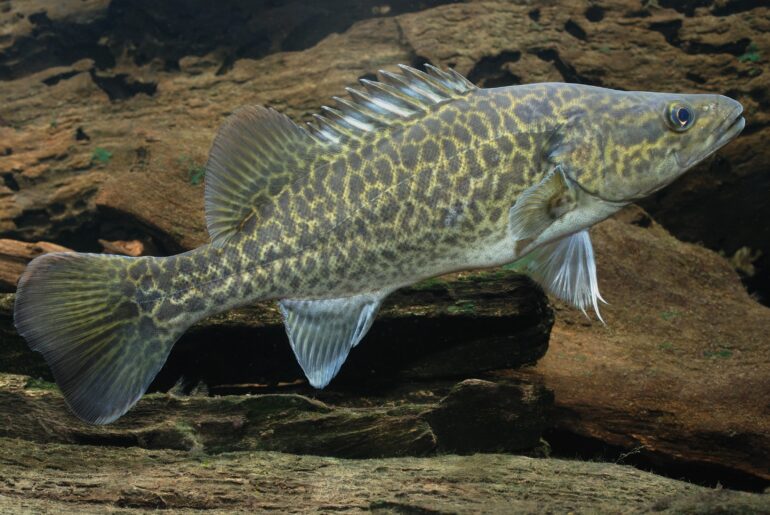Australia’s inland rivers used to teem with native fish. Speak to any older Australian from the bush and they’ll tell you tales of abundant fish and easy fishing. Now, native fish populations are at 10% of their previous levels and some people spend their whole lives trying to catch their dream fish.
But where did all the fish go and what’s behind this disappearing act? We’re familiar with the usual suspects from habitat changes to pollution. However, mounting evidence suggests significant numbers of native fish are being lost at water pumps and channels.
Fortunately, modern fish screens are available to solve this problem. They protect 90% of fish and keep clean water flowing to farmers. Government agencies, scientists, screen manufacturers, anglers and other community groups are working to help water users adopt this new technology.
Modern fish screens look like a win-win for the environment and regional economies. The challenge now is to help drive uptake by water users to get this tech in the water as soon as possible.
An unusual suspect
Loss of fish at water diversions is a new concept for most of us. The reality is, it’s an issue that’s been around for decades. Newspaper articles from as early as the 1920s talk about fish stuck in irrigation channels and the latest evidence suggests little has changed. Fisheries agencies and OzFish are still being called to remove and relocate fish back to their natural habitats.
A series of field experiments estimate that millions of native fish are lost from our waterways every year. A recent review showed irrigation pumps impact native fish at the rate of three per megalitre of water extracted. Every diversion is different, but one study showed 12,000 fish removed in a 24hr period at one pump station.
These are fish that anglers could be enjoying and represents a big hit to biodiversity. However, it’s also a headache for farmers. They need a reliable supply of water, but with the fish comes debris like sticks, leaves, gumnuts and algae. This material can damage pumps, block sprinklers, cause uneven watering and crop yields, and increase energy consumption at pumping stations.
Tech to the rescue
Fish exclusions screens are proving to be a crucial piece in the puzzle that will leverage the initiatives undertaken in the last 20 plus years to ensure the recovery of native fish populations. They work by creating a large surface area through which water can be extracted. Water passes through the screen at a much lower velocity than a traditional ‘trash rack’ design. This means a very fine mesh can be used. The best designs are also fitted with automated water jets or brushes to keep the screen clean.

Early adopters are already enjoying the benefits. To date, over 20 farms have installed modern fish protection screens on their pumps.
A collaborative effort
Internationally, irrigation and recreational angling communities have successfully played significant roles in addressing similar issues.
They say, “No one sells a screen like a farmer with a screen”.
Here in Australia, a collaborative initiative between state agencies, researchers, natural resource managers, water users, private industries, the Rec Fishing Trust, universities and OzFish Unlimited have adopted a similar approach called Fish Screens Australia. They are showcasing new screens and farmer’s experiences. Their website is an information hub featuring the latest information on screening, from fisheries, university, and industry experts. It’s built on strong science, real collaborations, and the determination to create a sustainable future for agriculture and fishing.
The goal of these efforts is to raise awareness of best-practice screening technology, by getting the right information into the hands of Australian water users. Widespread uptake of fish screens will help keep a significant number of native fish in our waterways and accelerate recovery of their populations.

Find out more
Find out more by visiting Fish Screens Australia.
Use it to take the initiative. Get involved by being proactive in your world. One fish screen can save thousands of native fish and help transform a waterway, but we do have to work together.
Keep an eye out for any information sessions, conferences, tours, or similar events that are focused on fish exclusion screens occurring within your region and attend them if you can do so safely.
We need to increase our willingness to act on these issues. This will ensure there is a sustainable, healthier future for our beloved native fishes.
The take home result is more fun for you and for everyone else, because there will be more fish for us to catch!
For more information:
- Visit the OzFish website Better Habitat leads to Better Fishing and follow their social channels.
- Contact Braeden Lampard, Manager-Murray Darling Basin.
M: 0432 656 835 | E: braedenlampard@ozfish.org.au

Featured image: Fish screen installation at Trangie-Nevertire Irrigation Scheme (TNIS).
Photo Credit: AWMA Modern Screens



